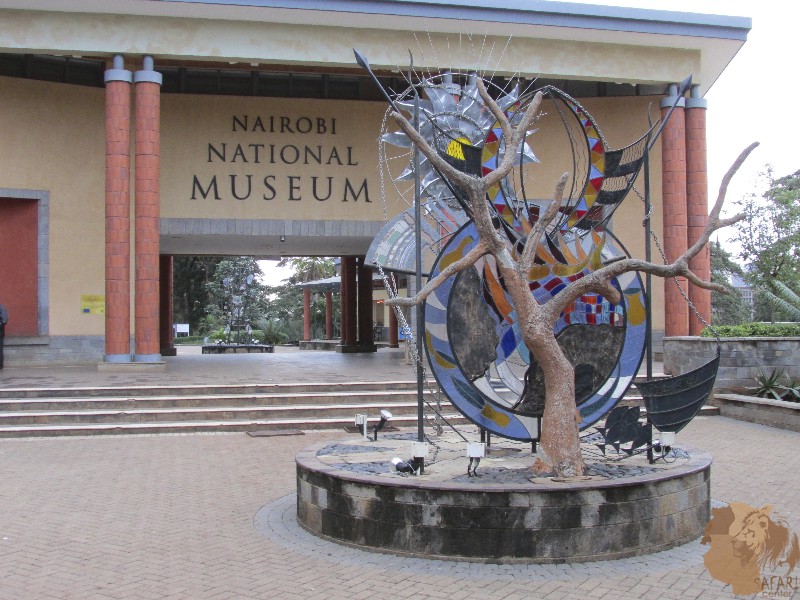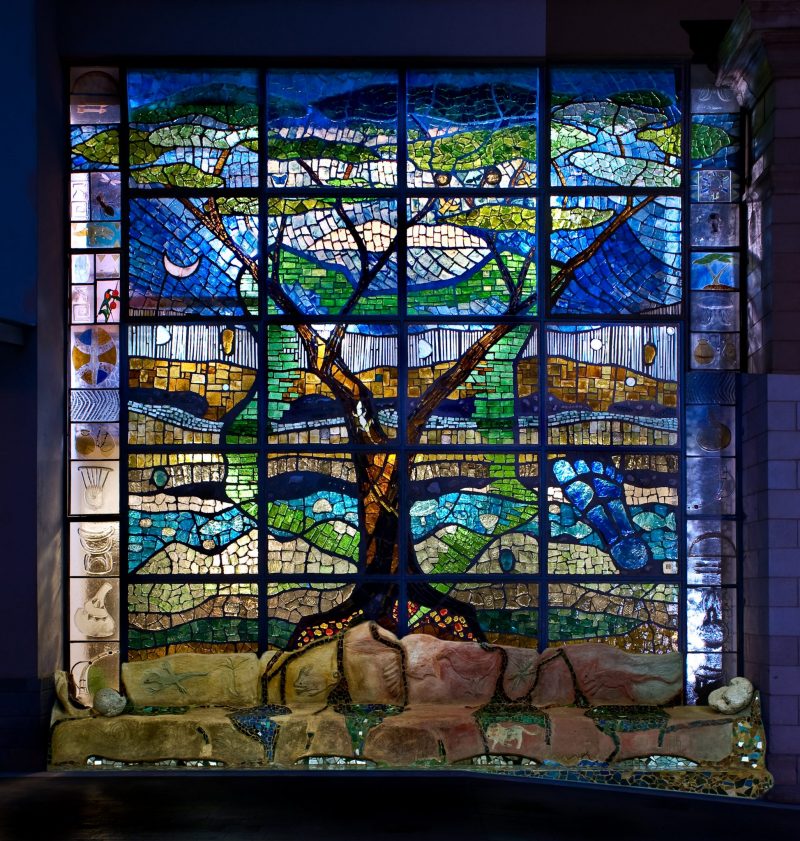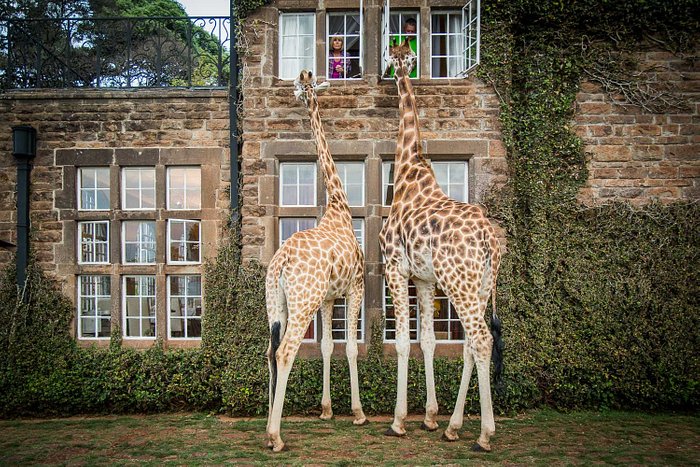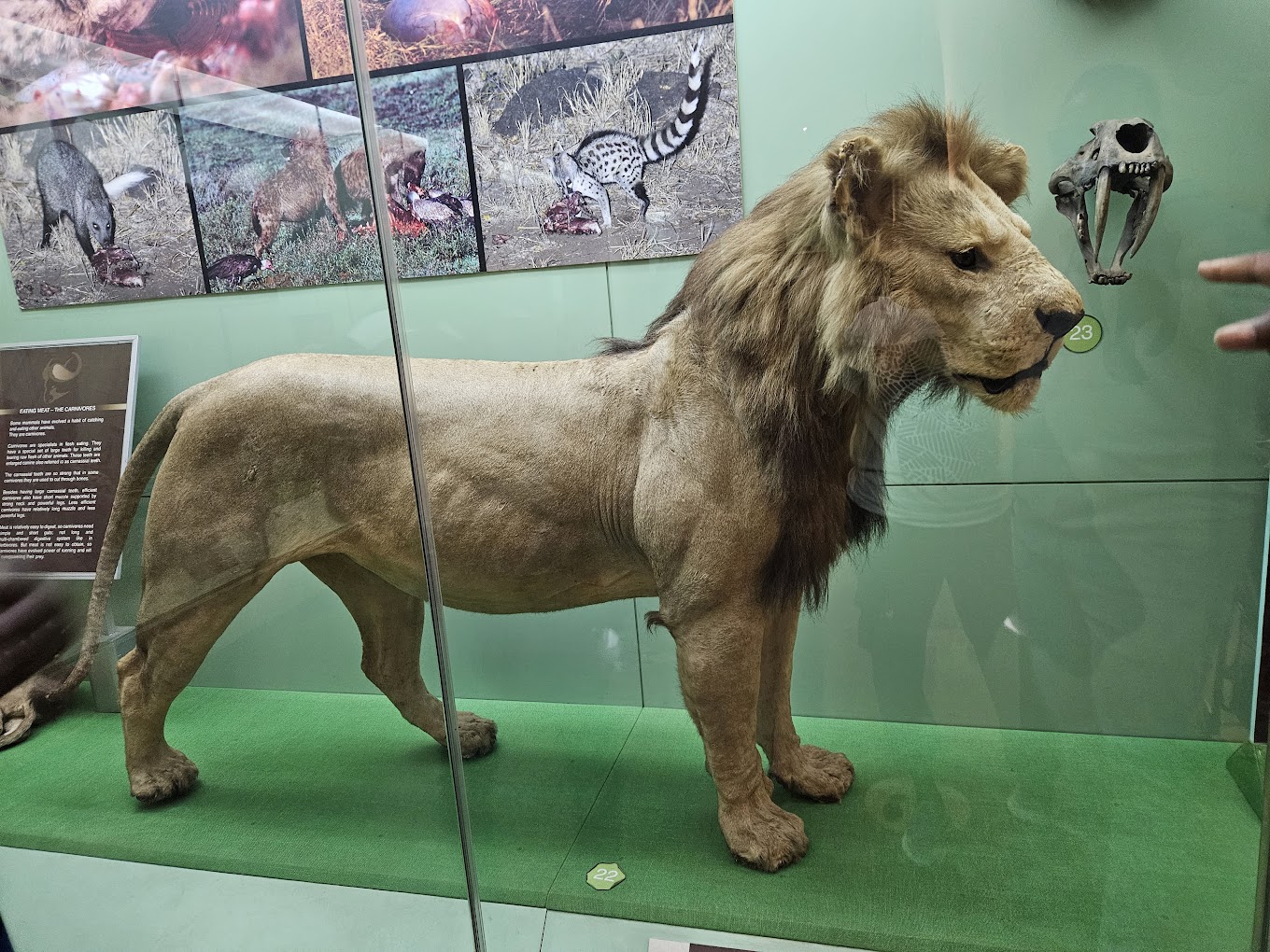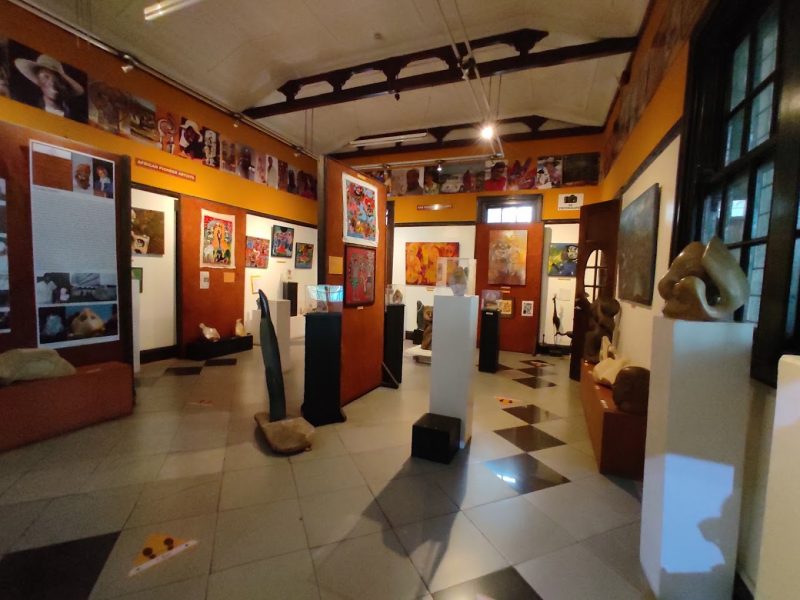What Is Wrong With The Museums Of Kenya?
Modern museums
Traditionally museums displayed artifacts, preserved the culture, and told tales of the past. However, this has changed today because museums are facing enormous competition from other social entities. Besides, competition for the time and attention of people is growing increasingly. Therefore, old forms of communication have become irrelevant. New means of engagements and interactions are in place now. Accordingly, modern museums are creative, innovative, people-centered, children-friendly, community-minded, and interactive. This is exemplified in the developed world where museums have become interactive and have resulted in an increase in museum visits. For example, various measures in Europe have identified interesting ways to attract new visitors through hands-on exhibits, interactive, user-generated content, original collections, education programs, qualified guides, and proper marketing.
Museums in Kenya
The intention of establishing the National Museum of Kenya with its 29 regional museums was to bring museums closer to people. However, unfortunately, the museum visitors in Kenya have been on the decline and have become passive consumers instead of engaging as cultural participants. It is necessary therefore to develop advanced forms of participation in building museums in Kenya to remain relevant and competitive by making the users central.
Research
The incompatibility between museum practices currently in place and the needs of people begs for research. Hence, having identified this, this research was carried out to explore means by which regional museums in Kenya can work and reconnect with stakeholders. Consequently, the findings shed some light on the roles of museum users in developing sustainable and effective museums. In other words, the research adds to the body of evidence that proves that the museum exhibition environment is important for the effective engagement of visitors. It also provides exhibition designers with a new approach for characterizing the environments in a way that can influence future exhibition development.
Limitations
Due to limited resources, the researcher studied just 3 museums in Kenya namely the Kisumu museum, Fort Jesus Museum, and Nairobi national museum. The museum visitors chosen were the ones who visited the 3 museums at the time of the research. Consequently, the research identified emerging issues in the development of museums and a need to support museums through co-design.
Co-design
Co-design is an approach that involves all stakeholders with the needs, desires, and wishes of the users in mind. In other words, it involves the participation of users in the design process. Also, it allows users to be part of the team in the museum exhibition development. Museum users in this approach are experts. They are therefore critical in the exhibition development process. The museum user’s active engagement in the process of exhibition development ensures that museums become more relevant, dynamic, and essential places to the public. Hence, it is necessary to ensure that the authorities engage the museum visitors in the development of museums. This research looking specifically at the museum content in Kenya confirms limited co-design in the development and design of museums.
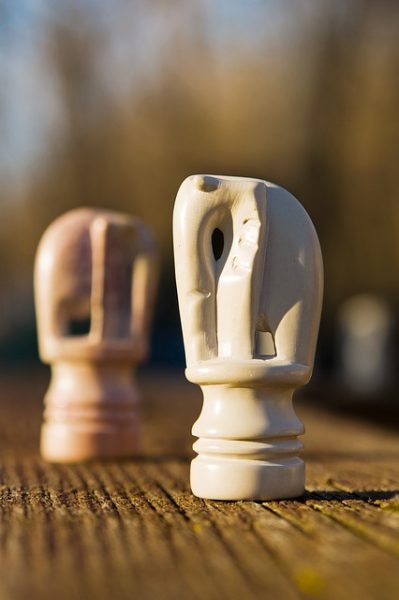
What is wrong with the museums of Kenya?
Co-design strategies
The research examined the effects of co-design strategies in the development and design of regional museums in Kenya. To clarify, co-design strategies can develop successful museums that are long-lasting and relevant. Museums cannot rely on old techniques to reach out. They should develop platforms where visitors can connect and share ideas. The authorities have to structure diverse museum experiences based on what visitors want. Co-design creates a platform where people use museum environments for dialogue on topical issues around what has been exhibited.
Participatory approach
Through a participatory approach, visitors contribute, share, and express their ideas. This design approach is more responsive to their emotional, spiritual, practical, and cultural needs. The goal of applying these techniques is to meet the expectations of visitors through participation and active engagement. Participatory museums collect personalized, diverse, and dynamic content co-produced with visitors. This approach also enables visitors to add to the content of the exhibitions.
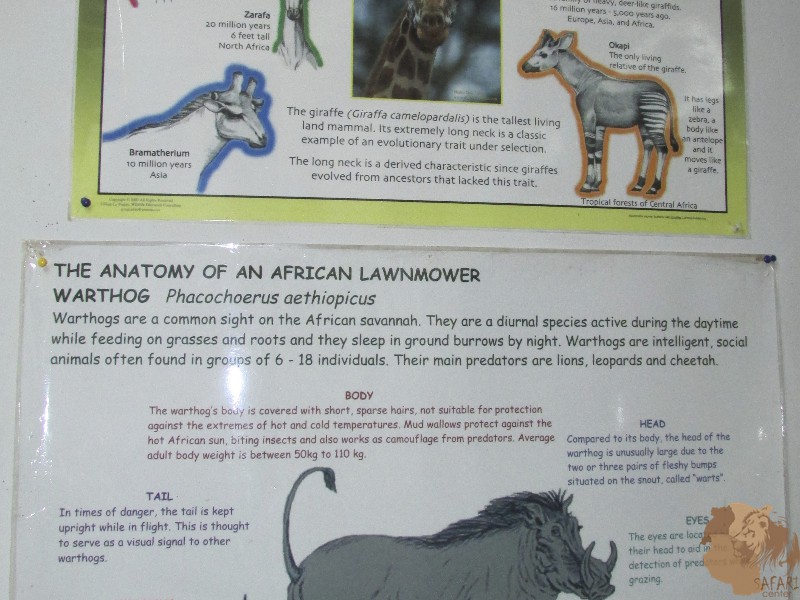
What is wrong with the museums of Kenya?
Co-design framework
The framework for designing effective museums requires adapting and adopting methodologies that measure outcomes associated with user participation. It may not be possible to prove the social impact that museums generate. However, what is achievable is to show how museums contribute or make an impact. Unfortunately, this research showed that at the national museums in Kenya there was minimal learning as people passed through exhibitions in a hurry to visit as many educative and social centers as possible in the shortest time possible. Also, what was critically missing were the entertainment and inspirational components which ought to be the major output.
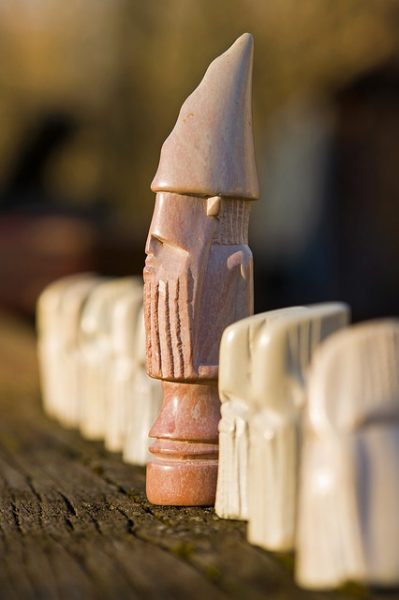 Co-design process
Co-design process
The co-design process should be ideally across service design before, after, and during the process. It requires participation and not an individualistic approach in developing museums. The collaborative process enables the stakeholders to critically think about the museum exhibition by investigating, exploring, experimenting, questioning and debating. That is why, active co-creating approaches ensure that the wishes and needs of the users are accommodated in the process. This can be made possible by developing programs right from the concept stage until the finalization of the project through to the evaluation of the same thereafter. As observed by various museums, collaborations have resulted in greater effectiveness. Co-design projects are designed to ensure that the power is conferred to the participants. By allowing museum users to take part in the idea generation and creation of new or existing exhibitions it becomes possible to understand their latent needs.
Visitor experience with museum exhibitions
Museums are unique communication media that builds a narrative through movement in space and time. This dynamic of museums is particularly significant in today’s world that is becoming screen-based in the way that people interact and gain new information. While the display of exhibitions has been a feature of museums since its inception, orchestrating the narrative and content of the exhibition has received greater recognition today. And there has been more attention paid to creating not just displays but also experiences. As a consequence, the exhibition environment including its layout, scale, colour palette, organisation, and lighting has become increasingly recognised. Exhibitions are the product of cross-functional teams bringing together specialists each having distinct conventions and traditions of practice. From both an academic and economic perspective, there is a need for further research into how visitors respond to and perceive different exhibition environments.
Reference
https://pdfs.semanticscholar.org/62d0/b5a704d288acaf355223243f0fe21e3ca0dd.pdf
For a custom-made safari, please fill out the following form or simply email us on safaris@safari-center.com

